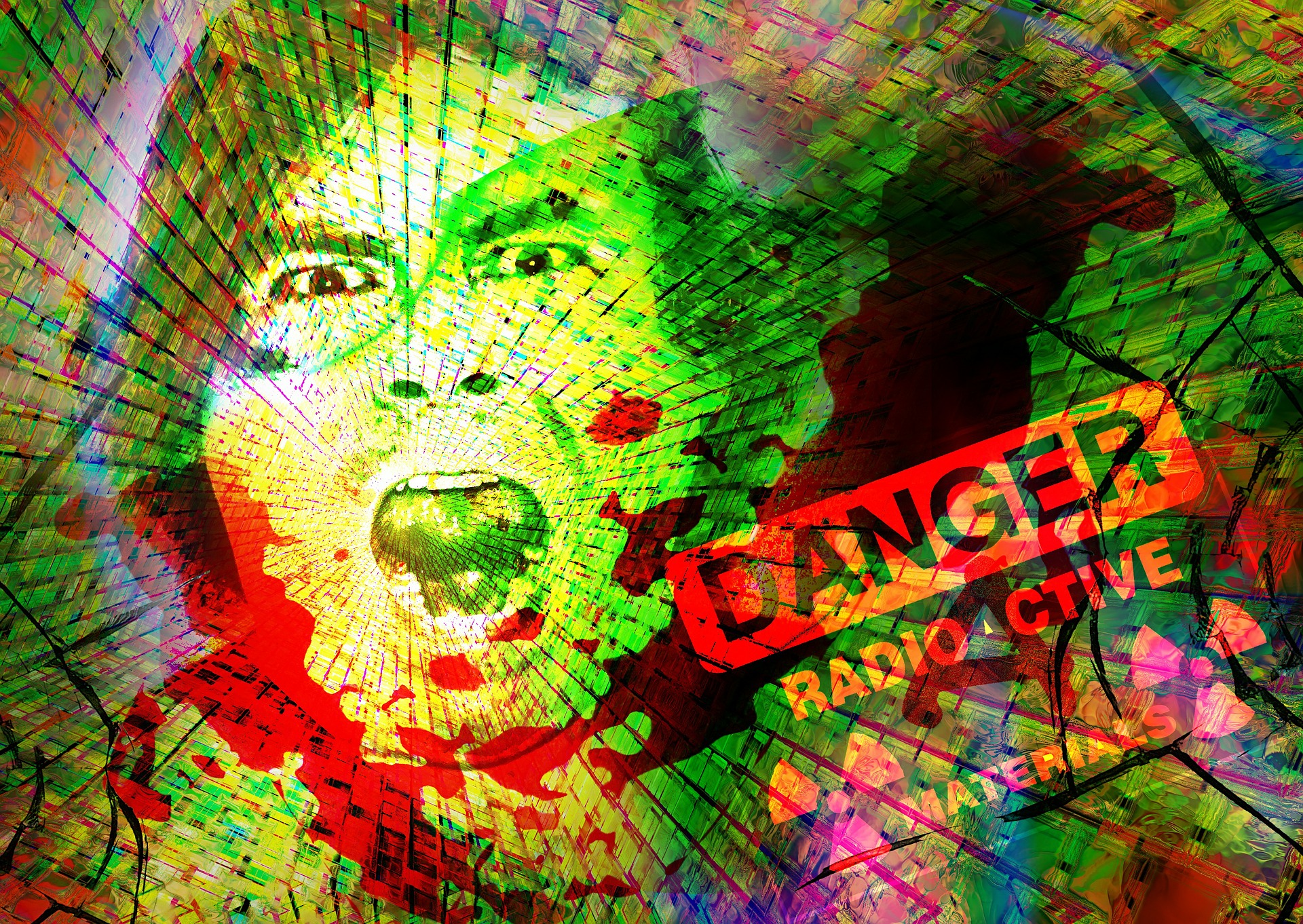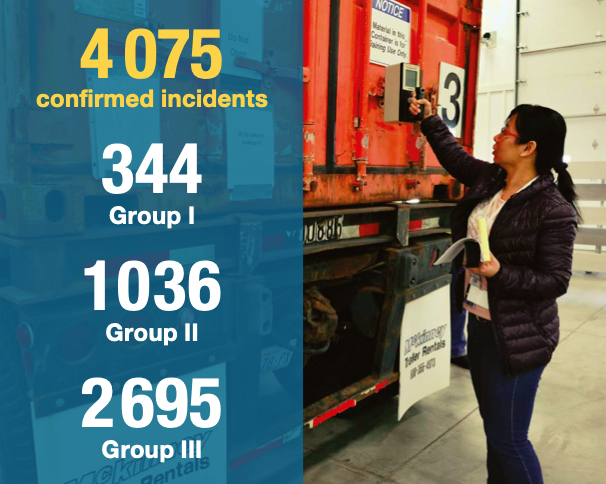
Vienna: A total of 146 incidents of illegal or unauthorized activities involving nuclear and other radioactive material were reported by 31 States in 2022, which is an increase of 26 incidents from 2021, the International Atomic Energy Agency (IAEA) said today in an annual fact sheet summarizing data from the IAEA Incident and Trafficking Database (ITDB) – a component of the IAEA information management systems that supports the implementation of the IAEA Nuclear Security Plan.
The ITDB contains information from 143 participating states. It covers events involving nuclear material, radioisotopes and radioactively contaminated material such as scrap metal. States can also report scams or hoaxes where the material is purported to be nuclear or otherwise radioactive. This year’s ITDB data is based on voluntarily submitted reports from 31 States.
The ITDB’s detailed data is confidential, and only participating States and relevant international organizations, such as the International Criminal Police Organization (INTERPOL), can access it.
The ITDB categorizes the activity of sealed radioactive sources in accordance with the IAEA Safety Standards, which ranks them from Category 1 to Category 5 in terms of their potential to cause harmful health effects.
The groups of incident types used in ITDB are the following:
- Group I: incidents that are, or are likely to be, connected with trafficking or malicious use;
- Group II: incidents of undetermined intent; and
- Group III: incidents that are not, or are unlikely to be, connected with trafficking or malicious use.
In the period between 1993 and 2022, confirmed incidents in Group II included high enriched uranium (2)11, and plutonium-beryllium neutron sources (3)12. No such materials were reported in 2022. Overall, in the 1993-2022 period, the majority of Group II incidents were comprised of radioactive sources (83%). In 2022 alone, this figure was 87.5% and included three incidents; two Category-2 and one Category-3 radioactive sources.
Incidents reported to the ITDB in 2022 included incidents involving sources of Category 5 up to and including Category 2.
Globally, the recovery rate for Category 1–3 radioactive sources is higher, compared to the Categories 4 and 5 radioactive sources According to the latest factsheet, these dangerous sources comprised only around 12% of the total number of stolen sources. The majority of incidents relating to Categories 4 and 5 radioactive sources did not have a follow-up report confirming their recovery. “Thefts of these sources that are unlikely to be dangerous comprise around 88% of the total,” the report said.
In five of the 146 incidents reported in 2022, there was sufficient information to determine that they related to trafficking or malicious use. Overall, three of these five incidents involved scams. The relevant competent authorities within the reporting States seized the material involved in the two other trafficking-related incidents.
“The ITDB maintains and analyses reported information with a view to identifying common threats and patterns,” said Elena Buglova, Director of the IAEA Division of Nuclear Security. “By analysing trends in States’ reports, we support international cooperation in nuclear security and help States to improve their regulations governing the use, storage, transport and disposal of nuclear or radioactive material.”
A total of 4075 cases have been recorded in the ITDB since 1993. Three hundred forty-four of these cases were related to trafficking or malicious use. The frequency of such incidents remains low while cases of attempted scams involving non-nuclear material that was claimed to be nuclear or radioactive have been rising.

Additionally, trends from the ITDB show that thefts occurring during the transportation of nuclear or radioactive material stand at almost 52% of all reported cases since 1993. The figure has reached nearly 62% for the preceding ten-year period, highlighting the ongoing importance of strengthening transport security measures.
The majority of industrial sources that are reported stolen, lost or missing are those used for non-destructive testing and for applications in construction and mining. Most such devices use relatively long-lived isotopes, such as caesium-137 and americium-241.
“The ITDB is uniquely equipped to help the IAEA identify trends that indicate vulnerabilities and areas for increased focus. We encourage all States to report incidents to ITDB systematically,” said Buglova.
– global bihari bureau





